
Measurement Period Q&A - Capital Benefit Services
Health Care Reform: Measurement Period Q&A Overview: As employers begin to grasp the concepts of the new “Affordable Care Act,” one of the more challenging implementation strategies is determining who is eligible and who is not eligible for employer sponsored benefits, and when? With the requirement that applicable employers must offer their employees the opportunity to enroll in their benefit plan once that employee has reached full time hour status, understanding what that full time definition means becomes important. Implementation: To help employers get a handle on what this means to their business, it may help by “bucketing” your employees into three distinct categories. Full Time Employees – these employees are those that upon getting hired or those that may be currently employed are reasonably expected to work at least 30 hours a week or 130 hours in a month, on average. These employees are therefore considered full time and must be offered the opportunity to enroll on your health insurance plan within the standard probationary period. Part Time Employees – these employees are not expected to work on average 30 hours a week, or 130 in a month or are expected to work less than 120 days in the calendar year. You are not obligated to provide health insurance benefits to these “bucket.” “Variable Hour” employees – An employee is a variable hour employee if, based on the facts and circumstances at the employee’s start date, the employer cannot determine that the employee is reasonably expected to be employed on average at least 30 hours per week / 130 hours per month on average The variable hour employee category is important as these are the employees where the measurement period and the corresponding rules pertain to. In order to help employers determine if and when these variable hour employees are indeed eligible for health insurance benefits, applicable employers have a new set of definitions and concepts to understand. Measurement Period ‐ Employers may choose and analyze a prior period called the “measurement period” of anywhere from 3 to 12 months to track hours and determine whether employees met the hours of service required to become eligible for employer sponsored health insurance benefits. Stability Period ‐ The stability period is the time during the coverage year that a variable hour employee must be guaranteed access to coverage. The Standard Measurement Period (and Stability Period) must be the same for all ongoing employees in the same category, but large employers may use different Standard Measurement Periods for employees in certain different categories. Allowable categories are: Measurement Periods – Capital Benefit Services / EPK Benefits 1. Salaried v hourly employees 2. Collectively bargained v non‐collectively bargained employees 3. Employees covered by different collective bargaining agreements 4. Employees whose primary place of employment is in different states Administrative Period ‐ time between measurement and stability periods to make determinations, offer coverage and administer enrollments. How does this process work? For a new “variable hour employee”, an employer may use an initial measurement period of between 3 and 12 months and an administrative period of up to 90 days to track hours and make a determination on whether or not an employee is eligible for benefits. Note that the initial measurement period and administration period may not extend beyond 13 months. The initial measurement period must begin on any date between the employee’s start date and the first day of the first calendar month following the employee’s start date. During the initial measurement period, the employer measures the hours of service for the new variable hour employee or seasonal employee and determines whether the employee was employed an average of 30 or more hours of service per week / 130 hours per month during this period. If an employee is determined to be a full‐time employee during the initial measurement period, then the new employee must be offered coverage during the new employee stability period or else the employer could be liable for a penalty. The new employee’s stability period must be the same length as the stability period for ongoing employees. In addition, this stability period must be at least 6 months and is no shorter in duration than the initial measurement period. So for example, if an employer used a 12 month measurement period to track hours and determines that an employee is indeed considered a full time, eligible employee, that employee must be allowed to come on the plan for 12 months (the stability period that equals the measurement period ) even if the employee’s hours dropped. Measurement Periods – Capital Benefit Services / EPK Benefits Summary: If the measurement period is indeed a tool that an employer thinks may be useful it is very important that a clear and concise system of hour tracking and data collection is in place. This may also even include a signed waiver by an employee acknowledging their status as an employee in a “measurement period.” With new regulations regarding reporting and payment obligations of the IRS Shared Responsibility assessment, which is based in part on the number of full‐time employees, and whether any full‐time employees receive subsidized health coverage through a Health Exchange, these types of proactive tools will be necessary to have in place. For more detail on this regulation, visit the IRS website listed below. http://www.irs.gov/Affordable-Care-Act/Employers/Questions-and-Answers-on-EmployerShared-Responsibility-Provisions-Under-the-Affordable-Care-Act Measurement Periods – Capital Benefit Services / EPK Benefits
© Copyright 2025

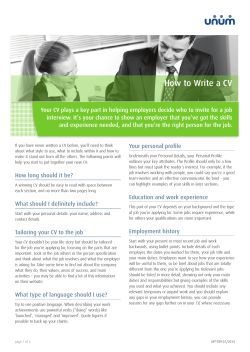
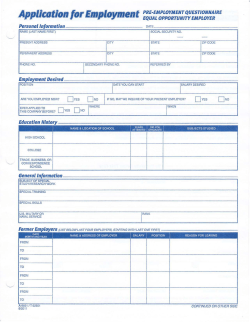
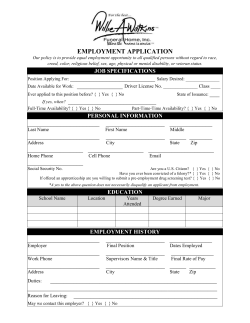
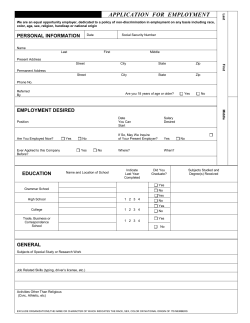
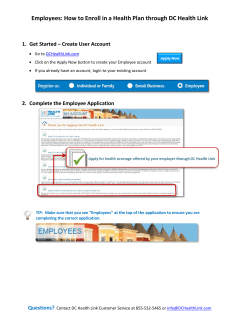

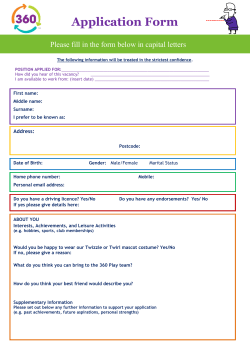
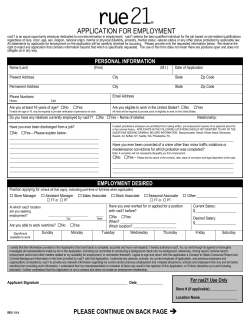
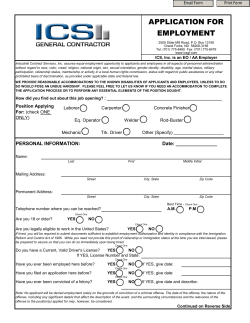



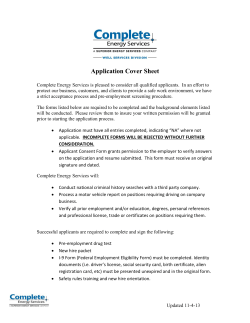

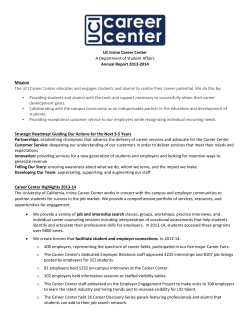


![Career Pr - Home [ehelf.nu.edu.kz]](http://cdn1.abcdocz.com/store/data/001149862_1-8b7d481c5d0c61a3a6ac90acfa604d5a-250x500.png)


